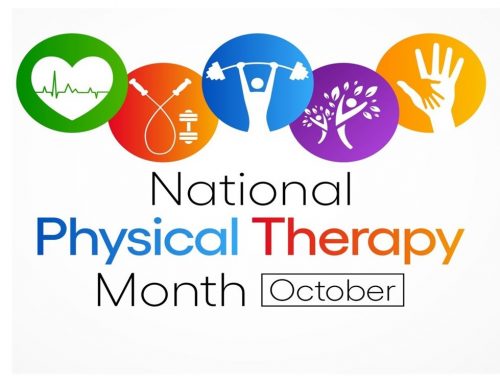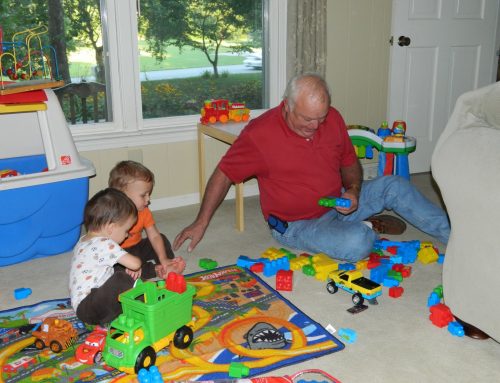Chances are good that nearly everyone reading this has had someone in their life affected by age-related cognitive decline, commonly referred to as dementia.
According to the Alzheimer’s Association, one in three adults over 65 years of age dies with Alzheimer’s disease or another type of dementia.
Prior to getting into the details, we should define some terms commonly used when discussing cognitive decline.
Dementia can viewed as the umbrella under which several different conditions that cause cognition problems are grouped. Alzheimer’s disease is a specific pathologic process that eventually leads to dementia.
Dementia is characterized by memory loss, difficulty planning and organizing tasks, trouble completing familiar tasks at home or work, frequently losing items and new difficulty with speaking or writing.
It can begin as early as 40-50 years old and becomes more common past the age of 65.
Over the past several years, research has indicated that one contributing factor in whether someone will develop dementia is how well the overall volume of gray matter in the brain is preserved as the aging process occurs. Improved blood flow appears to be one mechanism that contributes to the preservation of grey matter.
According to the American Physiological Society, “higher cardiorespiratory fitness is associated with lower rates of age-related decline in gray matter.” It seems people who have better cardiovascular fitness tend to lose less grey matter as they age.
The amount of walking people did on a daily basis was also correlated with grey matter preservation. People who walked at least 1/2 mile each day were at lower risk for developing dementia of all types.
To learn more about how exercise can protect against dementia, I spoke to local physician Dr. Wendy Walker. Dr. Walker is board certified in family medicine and is an MDVIP affiliate physician at Little Traverse Primary Care in Harbor Springs.
Generally speaking, what are the proposed mechanisms for how exercise improves cognitive performance?
Walker: “To maintain normal cognitive function, the brain requires a constant supply of oxygen and other chemicals, delivered via its abundant blood vessels. Physical exercise helps to circulate nutrient-rich blood efficiently throughout the body and keeps the blood vessels healthy. Exercise increases the creation of mitochondria — the cellular structures that generate and maintain our energy — both in our muscles and in our brain, which may explain the mental edge we often experience after a workout. Studies also show that getting the heart rate up enhances neurogenesis — the ability to grow new brain cells — in adults.”
Is there a “best” type of exercise people should be participating in?
Walker: “There is no ‘best’ type of exercise. For inactive adults, even replacing one hour of sitting time with a variety of non-exercise activities (e.g., household chores, lawn and garden work, and daily walking outside of exercise) is associated with decreased all-cause mortality.”
Can exercise help prevent age-related cognitive changes?
Walker: “Exercise has been associated with improved cognitive function in both young and older adults. In fact, if you exercised as a teen, the benefits carry over into late adulthood. However, it is unclear whether physical activity prevents dementia and cognitive decline.”
How much exercise do you recommend to your patients who are either experiencing cognitive decline or are at risk of it?
Walker: “Any amount of exercise is considered good and studies show that it is dose-dependent. The more you do, the better you get The general rule of thumb is a brisk walk or similar for 30 minutes every day.”
Jeff Samyn is a physical therapist, board certified orthopedic clinical specialist and certified strength and conditioning specialist at Northern Michigan Sports Medicine Center in Petoskey. He may be reached via e-mail at jsamyn@nmsportsmed.com. This information is not to be considered medical advice and is not intended to replace consultation with a qualified medical professional.







